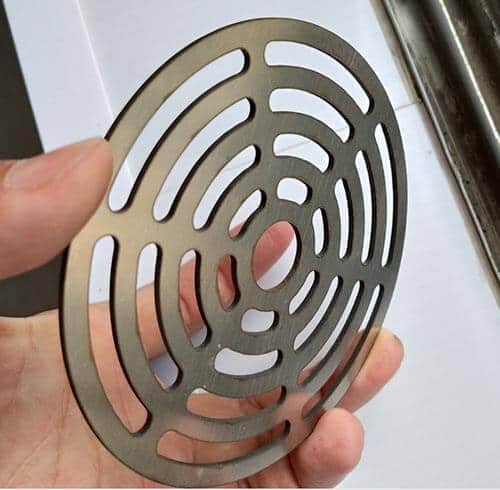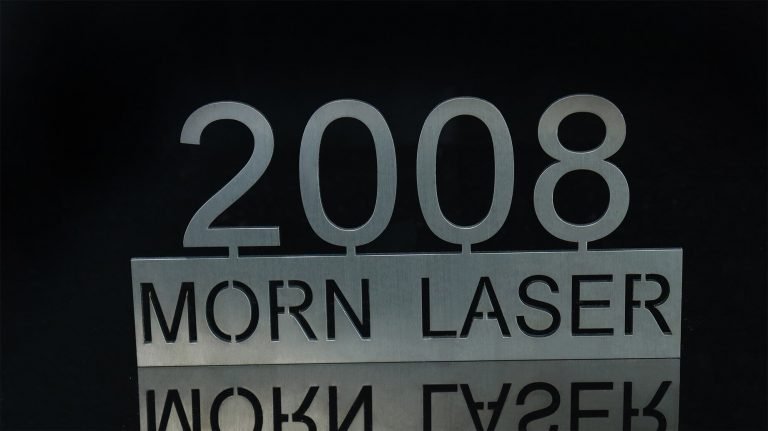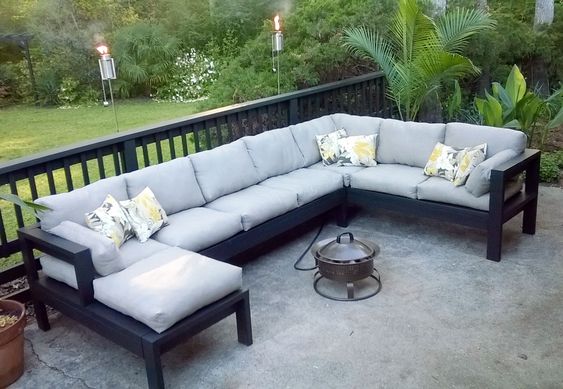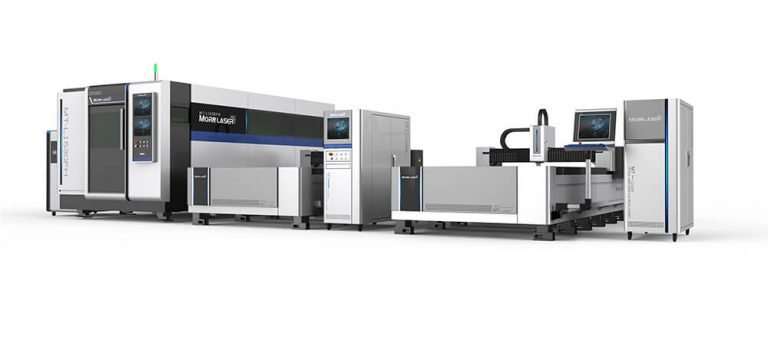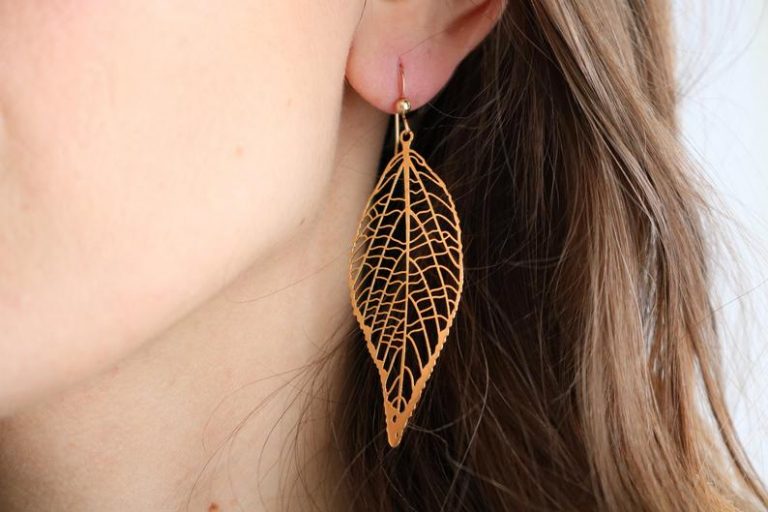Table of Contents
1. Why does the protective lens of fiber laser cutting machines have water mist?
The laser cutting machine must be assisted by auxiliary gas during processing! Generally, there are three auxiliary gases we use most, namely oxygen, nitrogen, and air. Of course, the higher the gas purity, the better the cutting quality. When conditions permit, air-assisted cutting by laser cutting machines is the cheapest way. However, there will often be water mist on the protective lens during air-assisted cutting, not only the cutting speed is very slow, but the cutting quality is also poor.
First of all, let everyone popularize the role of auxiliary gas:
1) In order to blow away the residual waste, to achieve the best cutting effect.
2) Use gas to blow away the metal slag while protecting the lens to avoid the slag sticking to the lens and affecting the cutting quality.
3) It can effectively achieve the effect of smooth cutting surface, no burrs, and no dregs, which belongs to fine cutting.
4)It can react with the material and increase the cutting speed. For example, the use of oxygen can achieve the combustion-supporting effect.
2. Can the rusty iron plate be directly cut with a fiber laser cutting machine?
In the hot and humid south, it is very normal for metal materials such as iron plates and carbon steel to rust. Can the rusty plate be cut directly with a laser cutting machine? The answer is of course: no
Everyone knows that a fiber laser cutting machine is an artifact that cuts iron like mud, but the laser of the metal fiber laser cutter is powerless on the rusted surface. Because the laser itself cannot be a light source, heat will only be generated after being absorbed by the surface of the sheet metal workpiece. For unrusted materials and rusted materials, the laser absorption is very different, and the cutting effect is also different.
Taking the rusty sheet below 5mm as an example, the cutting condition of the uniformly rusted sheet will be better than the unevenly rusted sheet. Because the uniformly rusted sheet absorbs the laser evenly, it can be cut well. For the processing of materials with uneven rust on the surface, the surface condition of the material must be uniform before cutting. Of course, when conditions permit, it is recommended to use a grinder to remove rust.
For thicker rusty plates, if you use a laser cutting machine to cut the rusty plates directly, it is easy to cause the phenomenon of impervious cutting, poor cutting quality, and even slag splashing, which may cause damage to the protective lens, or even the focus lens, causes the ceramic body to burst. Therefore, if you cut thick rusty materials, you must remove the rust before cutting.
3. What are the parameters that affect the cutting quality?
The parameters that affect the cutting quality are: cutting height, cutting nozzle model, focus position, cutting power, cutting frequency, cutting duty cycle, cutting air pressure, and cutting speed. The hardware conditions include protective lens, gas purity, plate quality, focusing lens, and collimating lens.
In the case of poor cutting quality, it is recommended to perform a general inspection first. The main inspection contents and order of the general inspection are:
1)The height of the metal fiber laser cutting machine. If the actual cutting height is not accurate, calibration is required.
2)Check whether the cutting nozzle type and size are wrong, if it is correct, check whether the cutting nozzle is damaged and the roundness is normal.
3)It is recommended to use a cutting nozzle with a diameter of 1.0 to check the optical center. The focus should be between -1 and 1 when checking the optical center. The light spot is small and easy to observe.
4)Protective lens. Check whether the protective lens is clean. It is required to be water-free, oil-free, and free of residue. Sometimes the protective lens may be fogged due to the weather or the air is too cold.
- Focus Check whether the focus is set correctly.
- Modify the cutting parameters.

